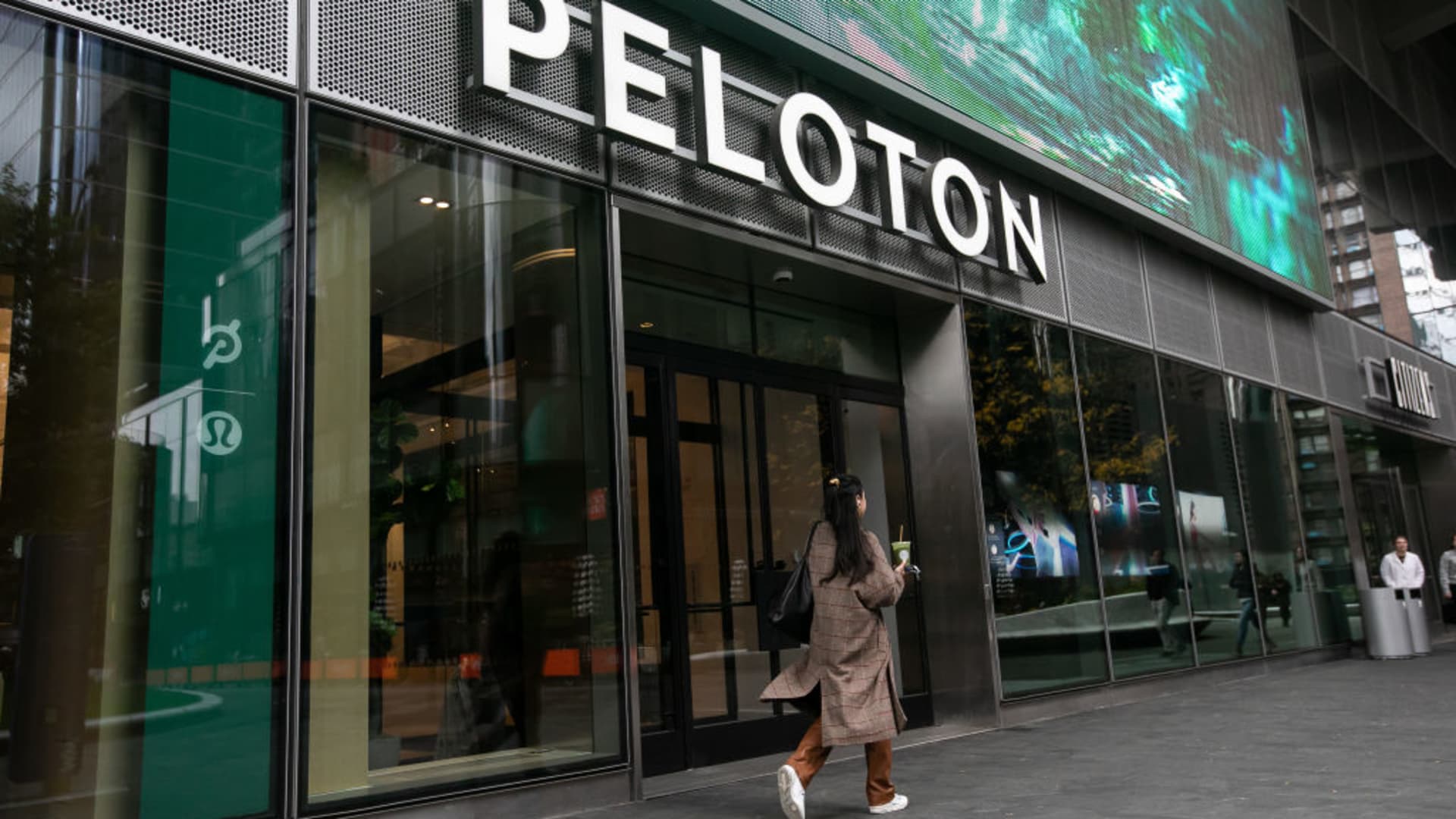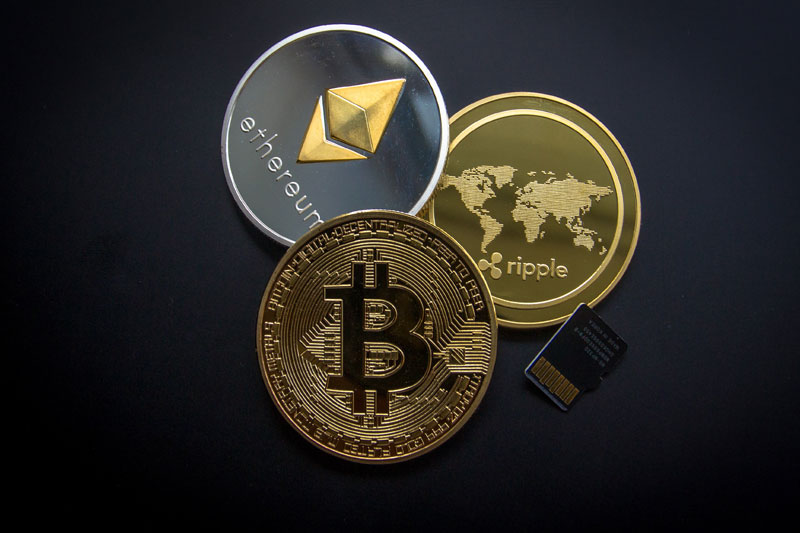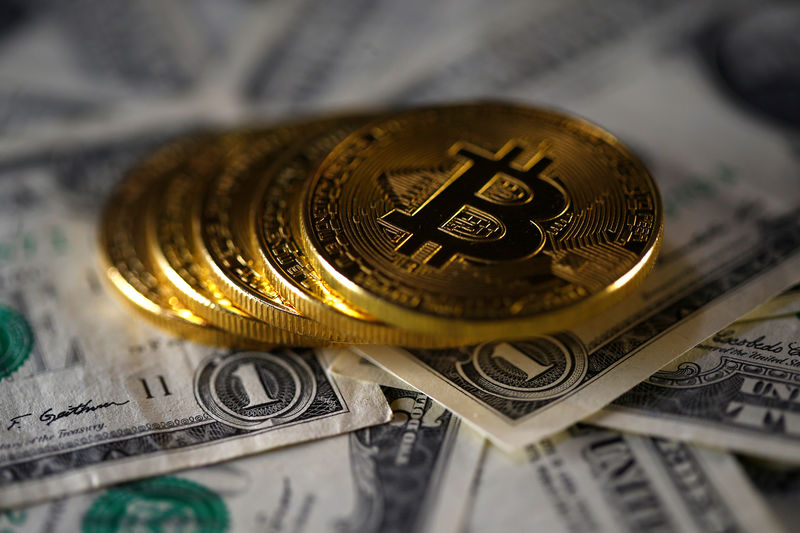Investing – , a decentralized network that connects multiple blockchains, is currently at the center of a heated debate over the inflation rate of its token, DOT.
The debate was sparked by three scenarios proposed by Jonas Gehrlein, a research scientist at the Web3 Foundation, which seek to adjust the network's inflation rate to ensure a balance between staking rewards, economic security and ecosystem development.
The three WFC proposals are as follows: Proposal 1 suggests a fixed overall inflation rate of 10%, Proposal 2 proposes a fixed rate of 8%, while Proposal 3 recommends a rate of 8% for the first year, followed by a gradual decrease. These proposals are currently open for a vote within the community.
Zou Yang, founder of the Polkadot Ecological Research Institute, responded with a fourth proposal suggesting a fixed inflation rate of 5%.
According to Yang, lowering the inflation rate to 5% would provide a better balance between staking rewards and growth within the Polkadot ecosystem. He argued that the current inflation rates in Gehrlein’s proposals, which all exceed 8%, could negatively impact the development of ecosystem projects by diverting too much attention to staking rewards.
Gehrlein defended proposals for a higher inflation rate, citing the need to maintain a balance between validator profitability and Polkadot’s economic security. He warned that reducing rewards below a certain threshold could require a higher minimum fee rate, ultimately destabilizing the network’s security in difficult market conditions.
Gehrlein also highlighted the complexity of the economic dynamics at play, noting that any major reduction in the inflation rate must be approached with caution and closely monitored. He said his third WFC proposal, which involves an initial inflation rate of 8% with a gradual reduction, provides a balanced approach while allowing room for adjustment based on ecosystem observations.
However, Yang argues that Gehrlein’s proposals are overly focused on validator security and profitability at the expense of broader ecosystem development. He noted that an inflation rate of 8% or higher could deter developers and reduce market activity, ultimately harming Polkadot’s long-term growth.
Yang’s call for a fixed 5% inflation rate reflects the concerns of several community members, including those who have left the Polkadot ecosystem, such as former investors, developers, and project teams.
The current discussion is a non-binding referendum, meaning the results will serve as a guide for a future chain vote to adjust inflation parameters.









